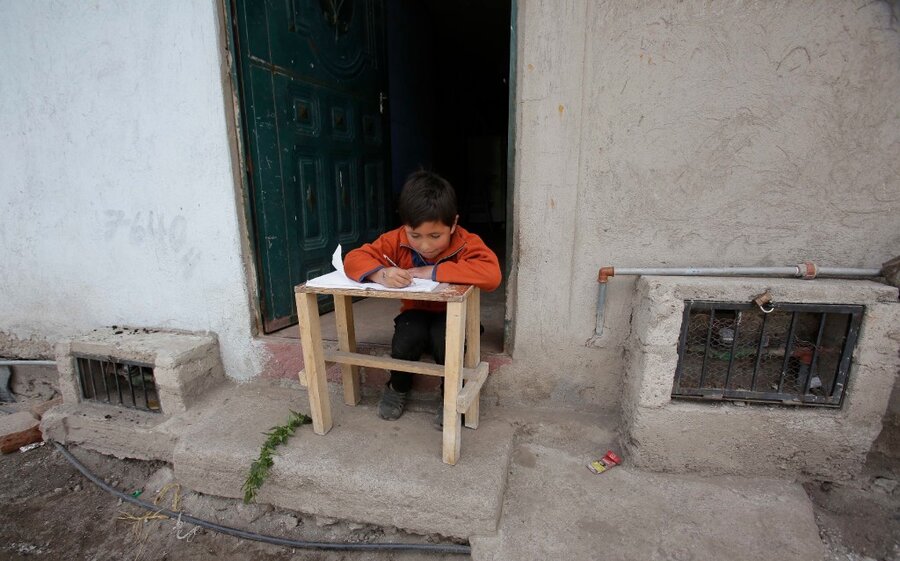The new global view of cities
Loading...
In the past 40 years, the United Nations has held only three conferences on the topic of cities. The latest one, which was held this week in Ecuador, revealed a remarkably different view from earlier ones. Instead of seeing cities as problems to manage, like a permanent scourge of humanity, the UN now sees them more as places for solutions. The 193 nations at the conference even made a lofty promise to harness the contribution of cities in tackling issues such as climate change, inequality, and slow economic growth.
This is quite a shift from the first summit in 1976, when cites were viewed as demanding and “uncontrolled,” siphoning off resources from the rural poor. By the next meeting in 1996, governments at least realized cities were not theirs alone to manage and invited private groups to offer ideas and experience. By then cities were seen as places to experiment with new approaches for growth and development. They had become leaders in globalization and the Information Age. Still, the focus was mainly on how to provide basic services and to get rid of slums.
By 2016, with more than half of humanity now living in urban areas, the UN decided cities were a positive force. The top 600 cities now generate more than 65 percent of the world’s wealth.
“The prosperity of nations and regions is increasingly dependent on the economic performances of cities,” stated a UN report for the conference. “The rapid-pace urbanization is regarded as a bright spot in the midst of the multiple global crises confronting countries.”
This shift in global thinking is just in time. In 1995, the world had 13 megacities, defined as more than 10 million people. By 2015, the number of megacities had more than doubled. And by 2050 more than 70 percent of humanity will live in cities.
The world also now has more models of cities that have turned themselves around, such as Pittsburgh in the United States and Medellín in Colombia. Using the power of close communities, cities are better able to nurture innovation for economic productivity. One good example is an Uber-type app for rickshaws in India. Drivers have doubled their income on average with the new technology, creating a more efficient system of transport that drives urban prosperity.
One sign of this urban progress: The number of city residents living in slums in the developing world has dropped from 46.2 percent in 1990 to 29.7 percent in 2014.
Perhaps the UN needs to hold these global summits more frequently than every 20 years. When viewed as engines of growth and social freedom rather than a source of Dickensian ills, cities have much to offer. That’s why so many more people are drawn to them.







